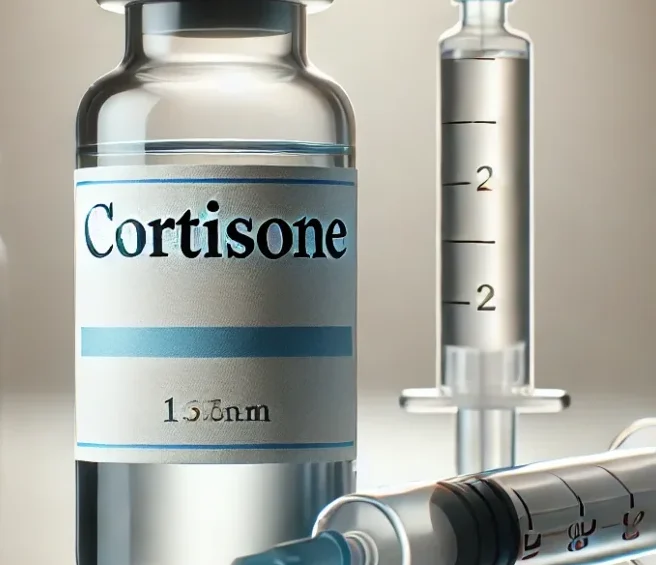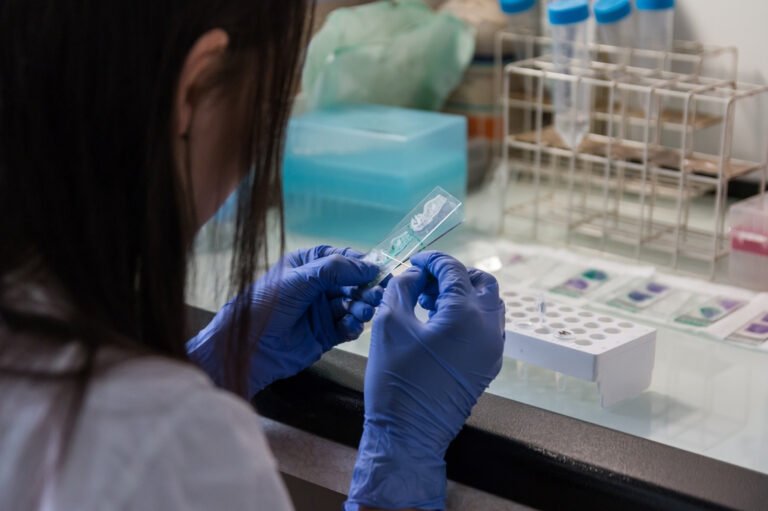Natural vs. manufactured cortisone


The natural version of “cortisone” in the body is cortisol, a hormone produced by the adrenal glands, primarily involved in regulating metabolism, the immune response, and stress reactions. Manufactured cortisone, commonly referred to simply as cortisone or hydrocortisone when used in medication, is a synthetic version that mimics some of the functions of cortisol but is mainly used for its potent anti-inflammatory properties.
Key Differences:
- Natural Cortisol:
- Production: Made by the adrenal glands in response to stress (via the hypothalamus-pituitary-adrenal axis).
- Function: Regulates blood sugar levels, metabolism, inflammation, immune responses, and helps the body respond to stress.
- Daily Regulation: Levels naturally fluctuate throughout the day, peaking in the morning and declining by night.
- Manufactured Cortisone/Hydrocortisone:
- Usage: Synthetic cortisone is used primarily as a medication for its anti-inflammatory and immune-suppressing effects.
- Forms: Available in different forms (oral, injectable, creams, etc.) to treat conditions like arthritis, allergies, skin conditions, and autoimmune diseases.
- Targeted Action: Unlike natural cortisol, manufactured cortisone is used in specific doses to reduce inflammation and suppress the immune system in a controlled manner.
- Conversion: In the body, cortisone is converted back into cortisol to become active.
In essence, cortisol is the naturally occurring hormone in the body, whereas cortisone refers to the synthetic form used for medical treatments.





